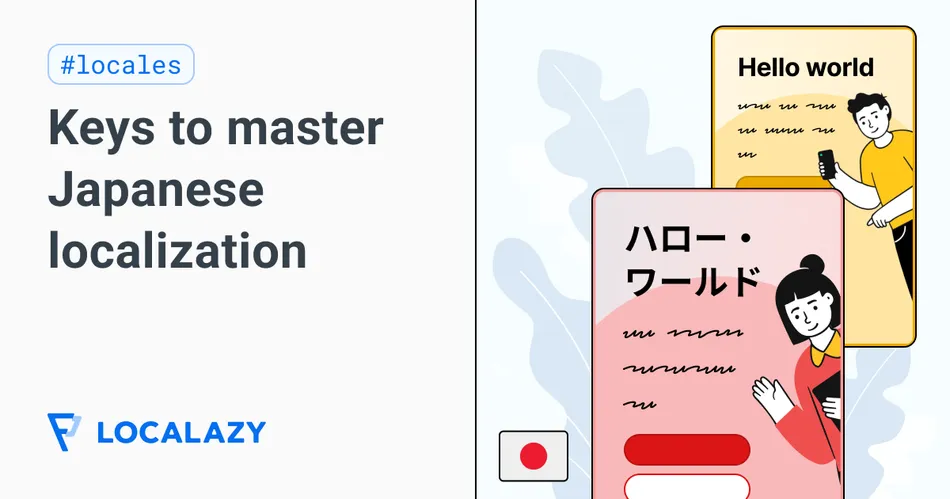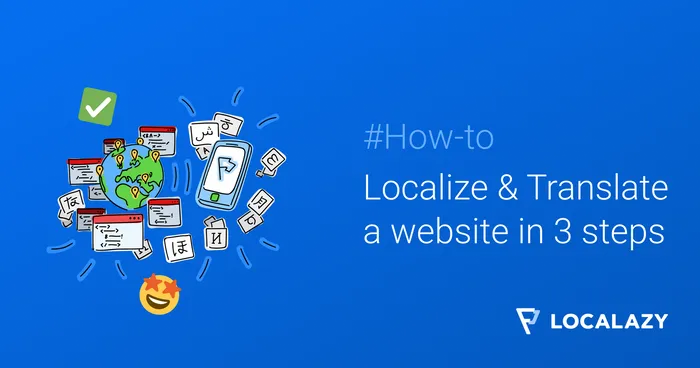Japan is a country rich in culture and history, with roots that trace back thousands of years. From the ancient Jomon period to its modern-day status as one of the world’s largest economies, Japan has a unique story that reflects its complex identity. Central to this identity is the Japanese language, spoken by around 125 million people and a vital component for anyone looking to connect with the region's native population.
While Japan has historically been influenced by mainland cultures, leading to a strong interest in foreign elements, the Japanese tend to be conservative and do not tolerate difference well. In fact, the English proficiency of Japanese people is rather low by global standards. These complex and seemingly contradictory characteristics make it challenging for foreign companies to break into the Japanese market and into the heart of Japanese consumers. To succeed in Japan, it is crucial to thoroughly understand them and achieve a very high level of localization, both in terms of language and culture.
In this post, we’ll discuss the key characteristics of Japanese customers and explore how to fruitfully present your brand in a way that speaks to them. Because once you've overcome these barriers, you'll find that economic opportunities are plentiful in one of the regions with the highest nominal GPD in the world. 📈

🈷️ The Japanese language and character 🔗
The cultural origins of the Japanese archipelago are ancient, said to date back to the Jomon period (14,000 BCE–300 BCE). Japan began to unify as a nation during the Yamato period (3rd to 7th centuries), giving it a history spanning over 1,300 years. The population is approximately 125 million, making it the 12th largest in the world. Japanese is the only official language spoken throughout the country.
The history of the Japanese language is as long as that of the nation itself, with the oldest known records of the language found in the Gishi Wajinden from the late 3rd century. At that time, only Chinese characters were used. The adoption of hiragana and katakana began around the year 800, and modern Japanese emerged in the mid-19th century.
The writing systems used in Japanese started to be adopted in the 9th century, and Modern Japanese didn't emerge until the mid-19th century
Japanese grammar is significantly different from English, following a basic SOV (subject-object-verb) structure, where the verb comes at the end of the sentence. The writing system consists of phonetic characters, hiragana, and katakana, as well as kanji, which are logograms of Chinese origin. Roman letters and Arabic numerals are also used as needed. Both hiragana and katakana have 46 characters each, while kanji is said to exceed 100,000 characters. However, this doesn't mean that all Japanese people can read and write all 100,000 characters; there are 2,136 commonly used kanji known as "joyo kanji." Compared to the 26 letters in the English alphabet, this means that Japanese people use almost 100 times more characters in everyday life.
Japanese also features a complex system of honorific and plain speech, requiring speakers to adjust their expressions based on the status of the person they are speaking to and their own social position. 🧓🙇 Furthermore, there are both standard Japanese and dialects such as Hokkaido and Kansai, with variations in vocabulary and expressions across regions, which can sometimes make dialects incomprehensible to speakers from other areas.
- 👒 "atorie" (studio; atelier in French)
- 🍣 "ikura" (salmon roe; икра in Russian)
- 💼 "arubaito" (part-time job; Arbeit in German)
Compared to the 26 letters in the English alphabet, Japanese people use almost 100 times more characters in everyday life
🇯🇵 A global yet conservative country 🔗
After World War II, Japan experienced rapid economic growth and now boasts the world's fourth-largest economy. Supported by a diversified manufacturing and service industry, Japan's GDP currently stands at $4,390 billion. The service sector accounts for approximately 73% of the GDP, followed by industry, at around 26%, and agriculture, at roughly 1%. The e-commerce sector, which saw increased demand during the COVID-19 pandemic, reached a record market size in the B2C segment in 2023, doubling over the past decade.
According to a 2023 survey, 64.4% of people used e-commerce sites at least once a month, representing a 2.5% increase from 2020. There is also a rising trend of individuals using overseas e-commerce sites. When surveyed, over 80% of these users reported having concerns about using foreign e-commerce platforms. Among those who expressed concerns, 40% cited "awkward translations" and 22% mentioned "lack of customer service in Japanese" as reasons for their unease.
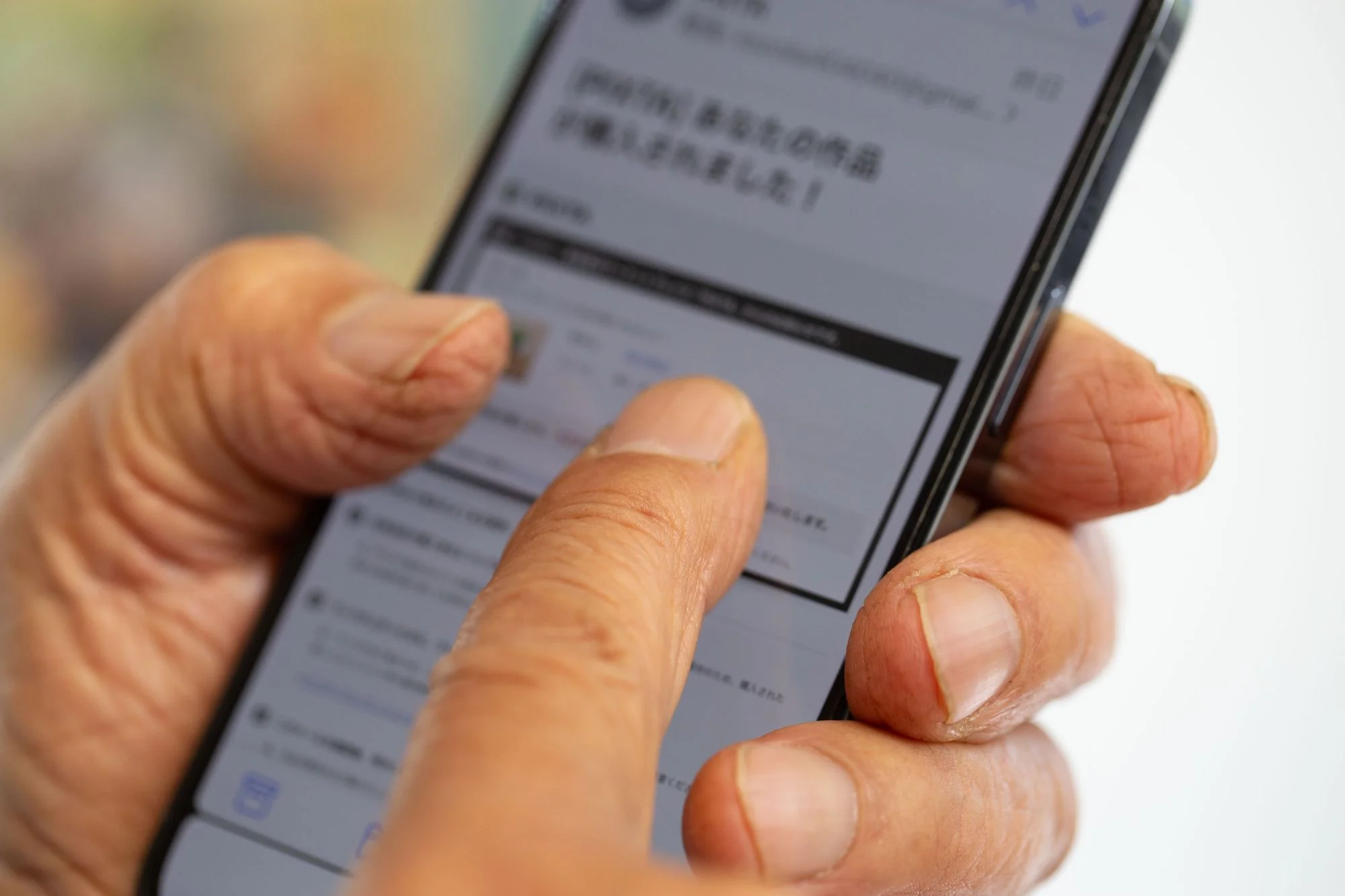
Furthermore, while Japan faces issues related to its aging population and declining birthrate, the Basic Survey of Consumer Awareness (FY2022) published by the Consumer Affairs Agency (cited in a news article) indicates that e-commerce usage is also high among senior households: about 40% of those aged 65-74 and 25% of those aged 75 and older shop online.
🎏 Why market to Japanese users 🔗
As an island nation, Japan has developed a unique culture. For a long time, before the wave of globalization, Japan maintained a world where everything was self-contained in the Japanese language. Regardless of globalization, this culture prevails in the region. Therefore, to succeed in entering the Japanese market, it is crucial to understand the characteristics of Japanese customers, who are often shy and cautious (yet curious by nature).
How do the Japanese shop? 🔗
1. Trust and good customer experience are highly valued
When asked what factors were more important than price when considering a brand, 48% of respondents in a survey cited "trustworthiness," and 42% mentioned "good customer experience."
2. Collective thinking society
In Japan, people often prioritize the opinions of others over their own when making decisions. Therefore, word-of-mouth and recommendations from family and friends significantly influence consumer behavior.
As part of its strategy to penetrate the Japanese market, the British skincare brand LUSH launched factory tour experiences in 2015. The company aimed to have customers who participated in the tours become brand ambassadors and help spread the brand's message through word of mouth. 🫧 As LUSH's director and brand communication manager stated in interviews in 2019 and 2023, the brand has successfully continued to expand in Japan through word of mouth.
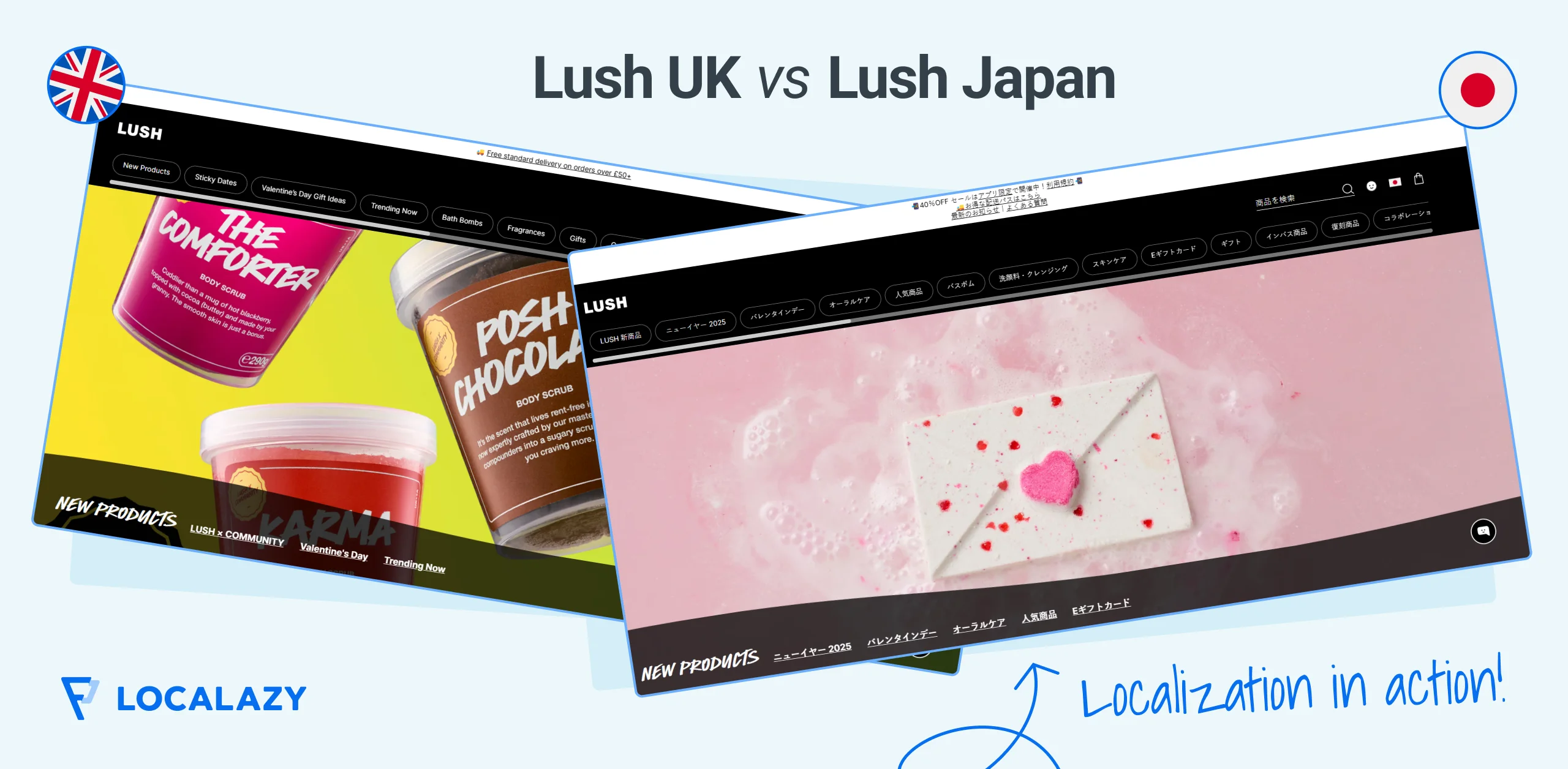
In Japan, people often prioritize the opinions of others over their own when making decisions. Word-of-mouth and recommendations from family and friends significantly influence consumer behavior
3. Attention to detail
The Japanese audience appreciates brands with delicate designs and beautiful language. An example of a brand that has captured the hearts of the Japanese people with its detail-oriented design is Starbucks. ☕️ The Starbucks Japan Instagram account frequently posts stunning photos of its new products. While the brand is facing challenges globally, its continued success in Japan in 2024 can be largely attributed to its SNS strategy, which is closely aligned with the Japanese sensibility.

4. Limited English proficiency
Using English in your marketing communications won't get you very far in the country, as Japan ranks 87th in global English proficiency, with less than 10% of the population fluent in the language. English skills are especially lacking among the younger generation (ages 18-25), who will become the main consumer group in the coming years compared to older age groups. The spread of the COVID-19 pandemic is believed to have hindered opportunities for studying abroad and international exchange, resulting in a decline in English proficiency among young people.
🗣️ Regardless of the country's English proficiency, communicating in your audience's native language tends to be more effective: 75% of the global population doesn't speak English natively, and 4 in 10 customers prefer to shop in their mother tongue
5. Love for foreign cultures
Japan readily embraces foreign influences, as seen in product names, brand names, and even advertisements featuring foreign models. Items like bread and pasta are commonly consumed, and recently, Korean culture has gained popularity in the country. 🍜 In addition, let's not forget that Japan is the only market in Asia where sales of luxury foreign brands are growing.
🗾 The challenges for foreign companies 🔗
When foreign companies expand into Japan, they are likely to face a variety of challenges. Many companies that have achieved significant success in their home countries believe that simply bringing their business model to Japan will guarantee success in the Japanese market – but this is a major misconception.
Additionally, many businesses assume that they can succeed quickly after entering Japan, but gaining the trust and capturing the hearts of Japanese consumers takes time. Here, we will examine some of the challenges that foreign companies are likely to encounter when expanding into Japan.
1. Low English proficiency 🔗
Given Japan's low English proficiency, communication in Japanese is essential for smooth consumer interactions. Japan is often referred to as a "Facebook laggard." One reason for this is that when Facebook entered the Japanese market in 2008, the service had very few features available in Japanese, which made it less accessible to the local population.
2. Conservative consumers 🔗
While Japan is gradually changing, it remains more conservative compared to Western societies. Foreign companies must prove themselves to be trustworthy to gain loyal customers. Errors in Japanese on a website or a lack of Japanese-language customer support can deter repeat customers.

3. Limitations of machine translation 🔗
Most automatic translation tools cannot accurately translate Japanese, which requires different levels of formality based on the context. For example, in industries where safety and trust are extremely important (such as finance), keitai (formal form) is always used. On the other hand, when the target audience for products or services is young people or children, joutai (informal or plain form) may sometimes be used. Machine translation also cannot handle transcreation, which involves adapting creative copy into natural Japanese rather than producing vague translations.
In Japan, foreign companies must prove themselves to be trustworthy to gain loyal customers. Errors on a website or a lack of Japanese-language customer support can deter repeat customers
💡 A failure and a success story 🔗
Localization is more than just translation. One common pitfall is translating a piece of marketing copy from the original language directly into Japanese. Even if the Japanese translation is accurate, the catchy appeal of the original message may be lost.
In this regard, Apple excels at localization. The company manages to retain the charm of its English marketing copies while crafting Japanese versions that resonate with local consumers. In the iPhone 13 campaign, the English copy "Your new superpower" was localized into Japanese as "できること、超人的." Instead of simply translating it as "あなたの新しい超能力," the message kept its original meaning while making it natural and attention-grabbing in Japanese. It's no surprise that the iPhone holds a 50% market share in Japan, with one in two Japanese people being an iPhone user. 🍏
Ignoring local customs can also be a common localization mistake. IKEA entered the Japanese market in 1976 but withdrew shortly thereafter. Following extensive market research, it successfully re-entered the country. They learned that, since Japan uses the metric system, assembly instructions displayed in inches were not easily understood, prompting them to change to metric units. Although a minor detail, overlooking this had an impact. Other efforts, such as adjusting product lines to fit Japanese living spaces, have paid off, and the company now operates 13 stores across Japan.
🌟 How to (really) reach the Japanese customer 🔗
Some people say that Japanese consumers are the most particular in the world when it comes to quality. Satisfying Japanese consumers is no easy task. Here are some guidelines that will help you get started.
1. Use Japanese nuances correctly 🔗
Adapt the formality of the language (formal or casual) based on the product, brand image, and target audience. While formal language is standard in business, casual language may be used to appeal to younger audiences or to establish a unique brand image.
According to a survey, 46% of respondents felt that they were unable to use formal language (keigo) appropriately, highlighting that being Japanese does not necessarily mean one can always use the correct language for a given situation. This underscores the importance of hiring Japanese language experts or linguists for the success of your Japanese localization campaign.
2. Adjust your design and copy 🔗
Japanese customers tend to prioritize efficiency and practicality. As a result, designs for websites, advertisements, and product packaging that provide a higher volume of information at a glance are preferred, compared to the simple, photo-centric designs commonly seen in Western styles (one example is Yahoo! Japan vs Yahoo!)

3. Focus on community and trust 🔗
In localizing content for Japan, focus on community and trust in your marketing campaigns. Japanese people tend to have a collectivist mindset and place a strong emphasis on "trustworthiness." Again, LUSH is a good example of this strategy – it sells charity products as part of its support for organizations working on solving social issues in Japan. Instead of simply following directives from its headquarters abroad, the Japanese branch takes the lead in addressing local societal challenges. By doing so, it has successfully strengthened its connection with consumers and built a strong community.
4. Make sure to meet local standards 🔗
Complying with local standards is essential in Japan. Ensure that you cater to the specific demands of the market. A well-known example of a service that failed when trying to expand into Japan by directly applying its success overseas is Uber.
Uber attempted to introduce ride-sharing to the Japanese market by hiring legal experts and negotiating with local regulatory authorities. However, Japanese law did not permit ride-sharing at the time, and the company faced strong opposition from the taxi industry. 🚕 As a result, regulatory relaxation did not progress, and Uber was forced to pivot to offering a taxi dispatch service instead.
Japanese customers prefer practicality – that's why they prefer websites, advertisements, and product packaging that provide a higher volume of information at a glance. Choosing the right tone and creating a sense of trustworthiness is also important
5. Leverage holidays and seasons 🔗
Japanese people have a deep appreciation for the changing seasons and the traditions that come with them. For example, cherry blossom viewing, known as 🌸 hanami, is a beloved springtime activity that brings people together to enjoy the beauty of blooming flowers. Other seasonal events, such as summer festivals, autumn leaf viewing, and winter celebrations, also hold special meaning. Creating marketing campaigns with occasion elements helps you resonate culturally and make your products or services more appealing.
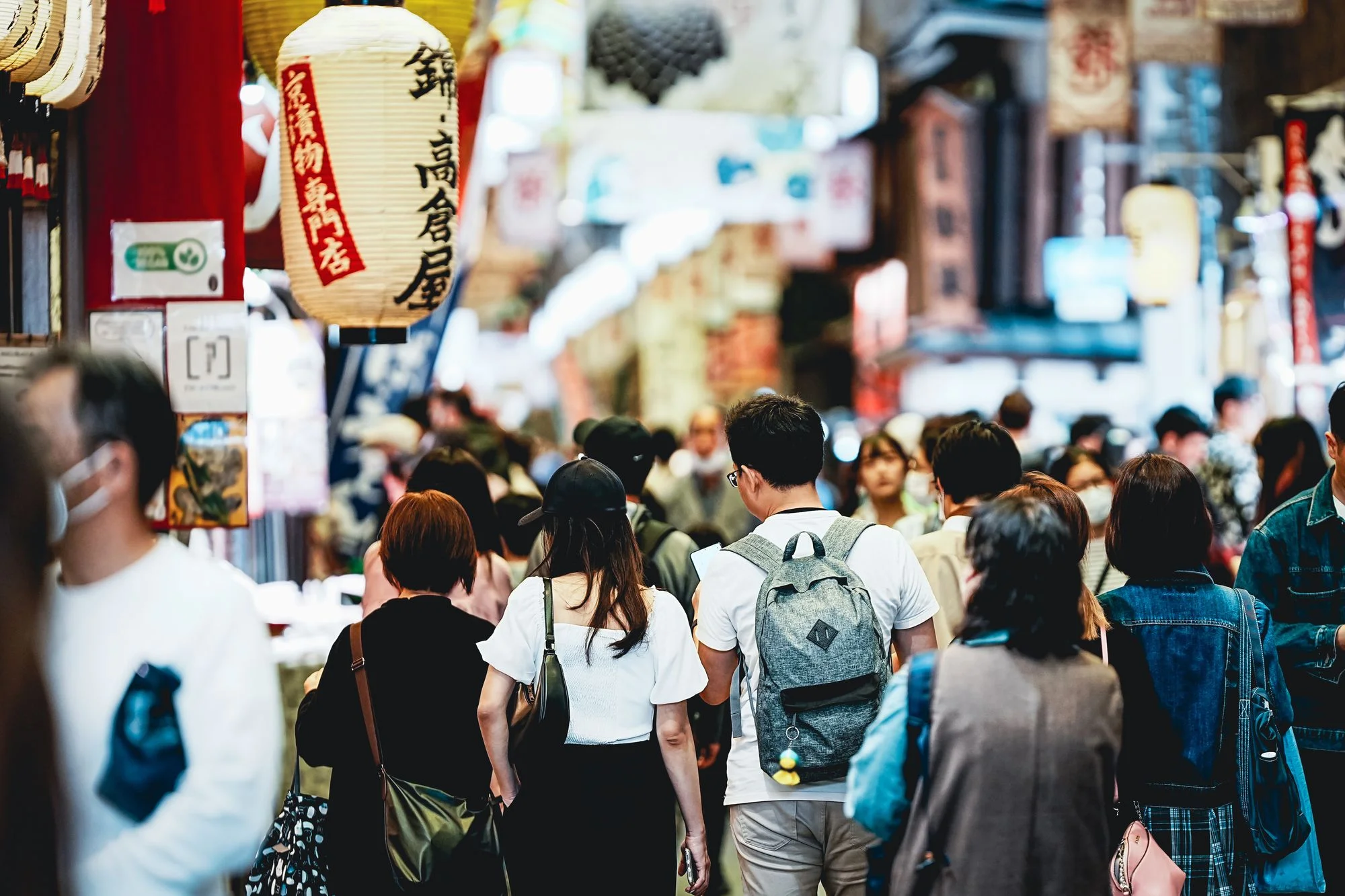
🍥 Make your product speak Japanese today 🔗
The Japanese market is harsh yet loyal. The intricacies of the Japanese language and its cultural nuances require careful consideration and thoughtful localization strategies. Japanese customers value trust, community, and quality. To succeed, focus on embodying these values in your product or service.
Don't forget to learn from the successes and missteps of other companies in Japan to avoid common pitfalls and find effective ways to resonate with local audiences. In a market that emphasizes detail and collective choices, focus on how you make your users appear in front of their peers. Building a great product should come first. Communicating its value comes second. And the best way to do this is by professionally translating it to Japanese. Get in touch with us for any requests – our CLT will make your message resonate with your audiences in Japan.
